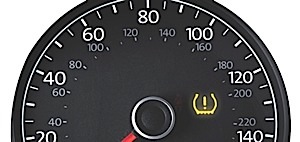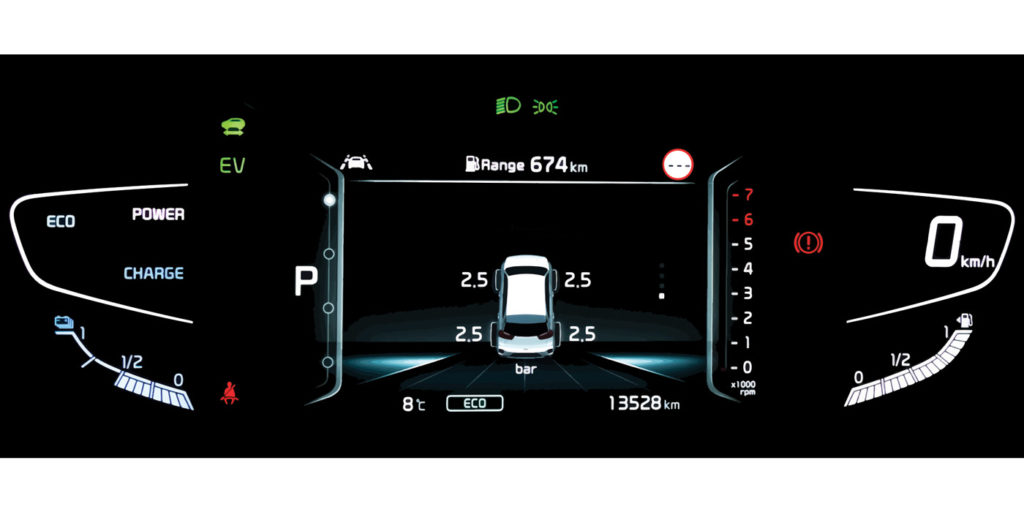
The Winter Tire Opportunity – Now Is The Time
Winters tires aren’t just a luxury, it’s your job to tell your customers the positive impact that the tires can give them.
It was a frigid February morning in Chicago last year. The kind of cold that creeps into the depths of your lungs, making it difficult and even a little painful to breathe. The kind of cold that literally takes your breath away. The snow was falling as I stepped into my car and took off across The Chicago Skyway with the city lights in my rear view. It was around Gary, Indiana, that the lake effect snow engulfed Interstate 90 and made it impossible to see the road more than about 15 feet ahead as I made an unwise attempt to pass a massive snowplow in the right lane. And, it was this moment that I understood the difference between an all-season tire and a true winter tire. My life as a “tire guy” would never be the same again.
Diagnosing Audi A8 TPMS Issues
These are all the steps you’ll need to pinpoint fault issues in TPMS for 2009-2016 Audi A8 vehicles.

The Rule of 3X Tire Rotation
Proper rotation procedures maximize tread life and customers coming back.

Communicating The Effectiveness Of TPMS
A good angle to start with may be laying out the consequences of not having a working TPMS.

Servicing Tires With 18-In.-Plus Rims
Servicing any tire and wheel assembly correctly starts with having the right equipment.

Other Posts
TPMS Tools and Sensors
Transform TPMS with advanced diagnostics and sensor programming. This video is sponsored by Bosch.

Autel’s TS900 TPMS Tool
The Autel TS900 shines as a full-service and maintenance tool. Sponsored by Autel.

Turning Off The TPMS Light
If a vehicle comes into your shop with the TPMS light on, there are a few key things to check first for time’s sake.

TPMS Sensor Signals
TPMS sensor signals are low power and low frequency, with most sensors transmitting at 315MHz or 433MHz.






